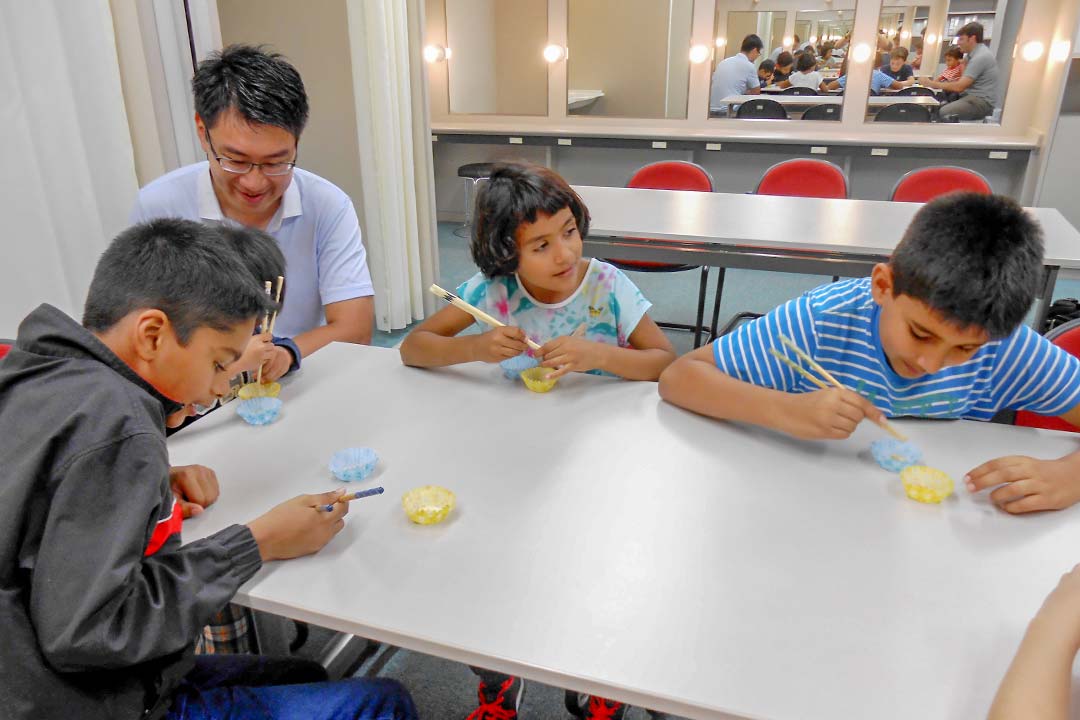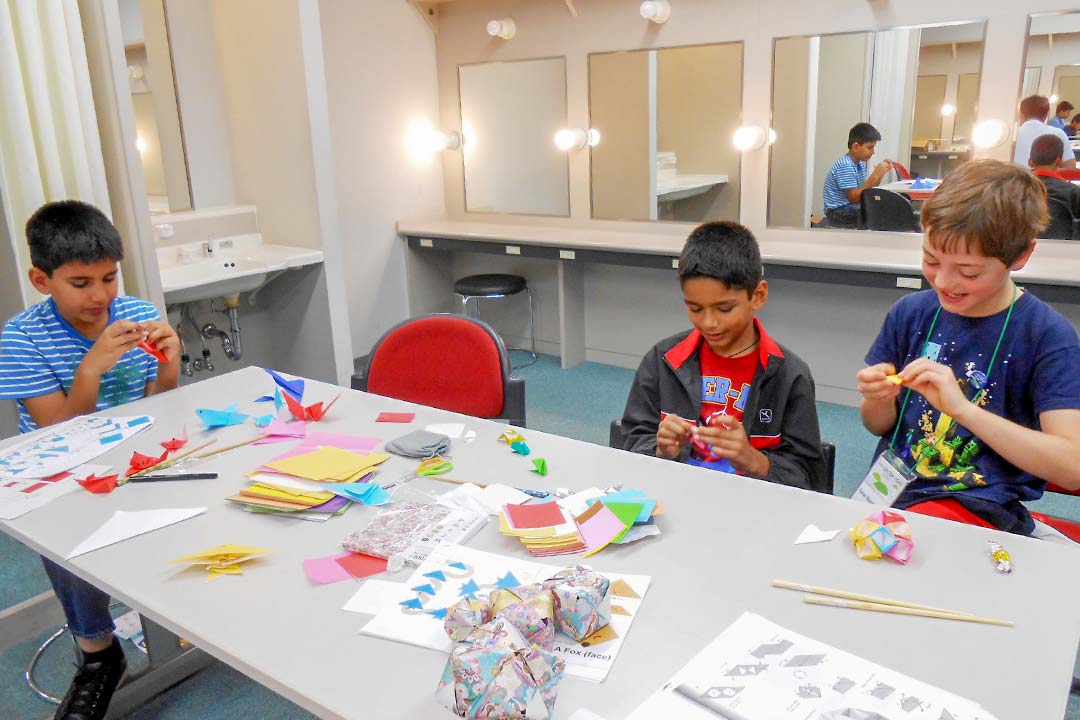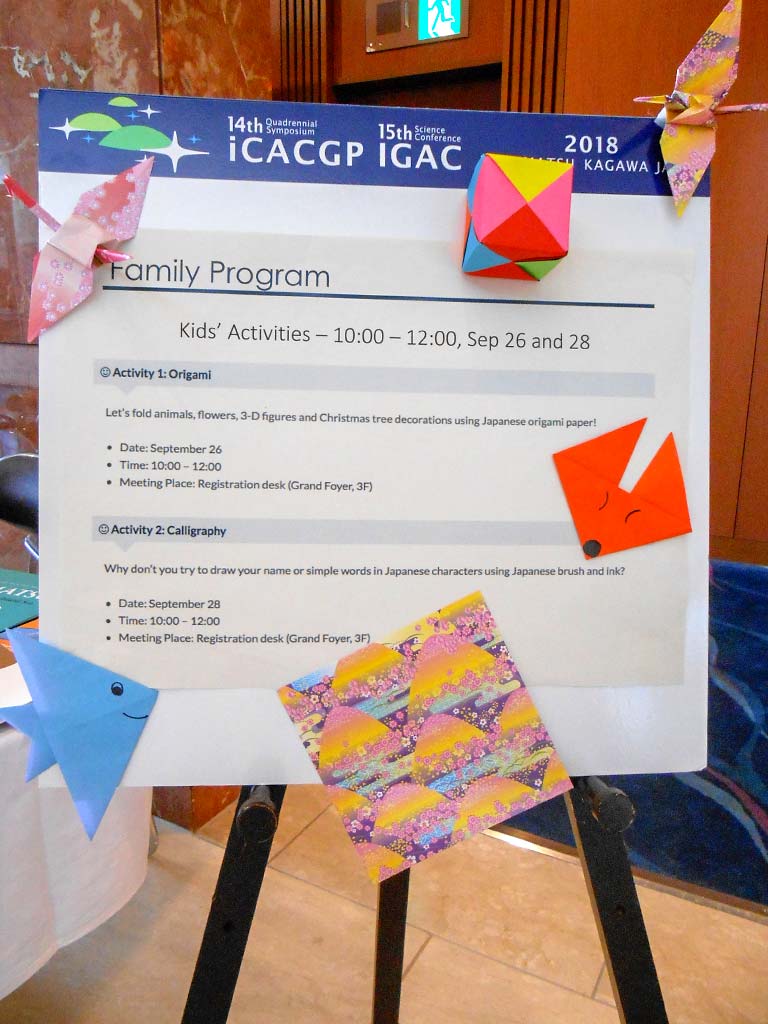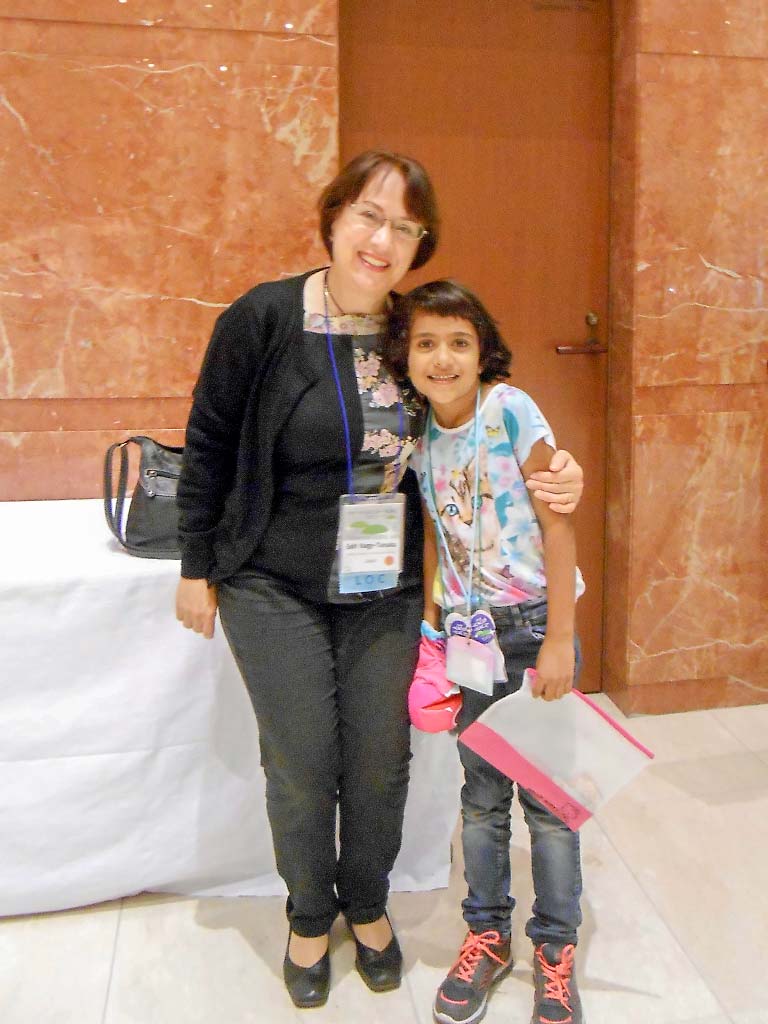2018年12月号 [Vol.29 No.9] 通巻第336号 201812_336004-en
From Small International Exchange to Globalization
The 2018 joint 14th international Commission on Atmospheric Chemistry and Global Pollution (iCACGP) Quadrennial Symposium and 15th International Global Atmospheric Chemistry (IGAC) Science Conference was held in Takamatsu, Kagawa Prefecture, Japan, between 25 and 29 September, 2018. More than 730 scientists from 46 countries took part in the conference, offering ample opportunities for international exchange. We participated as members of the Local Organizing Committee (LOC).
It is quite common for many scientists, especially for those from western countries, to bring their families to such conferences and, making use of the time before and after the conference, to travel in that country and experience its culture. This was the case at this conference too. To enable these scientists to concentrate on the lectures, their own presentations and on communication and professional exchange with their international colleagues, a full-time baby-sitting service was offered for babies and toddlers for the duration of the conference. For kids over 6 years old, cultural activities were planned at two occasions, on 26 and 28 September. Thanks to these excellent services, also mothers with babies and small children could participate with ease in the conference.
Five children between the ages of 3 and 11 years from Singapore, Australia and the USA took part in the Kids’ Activities. Also, two of the dads whose scientist wives were participating in the conference joined the family program. The first day’s program was origami (Japanese paper folding) to introduce the kids to one of the most traditional Japanese crafts. The younger kids who tried origami for the first time made some simple animals, while three boys between 9 and 11 years old tried their hands at more complicated unit origami[1]. It soon became a lively origami session with eager communication and laughter!
On September 28, Japanese games were on schedule. First, a competition to move beans from one paper cup to another using chopsticks was organized, followed by the Japanese children’s skill game of “kendama”, a sort of “cup-and-boll” game. In the beginning of the chopsticks game, some beans were dropped on the table or floor instead of the paper cup, but after a while the kids became so good at handling chopsticks that they would surely have managed to eat at a Japanese restaurant! The kids learned also to count from 1 to 10 in Japanese, and proudly told each other more Japanese words and expressions they had picked up during their stay in Japan.

Picture 3Kids’ Activity on September 28: Chopstick competition — kids moving beans from one paper cup to another using chopsticks
However, the previous day’s origami was apparently so interesting, that after an hour the kids asked if they could do origami again. So, we spent the remaining time making origami creatures. Two boys even helped each other to quickly fold the pieces necessary for their new unit-origami piece. This was truly an international cooperation at a young age!

Picture 4Kids engaging in unit origami. In the forefront, kusudama bolls[2] made by one of the boys can be seen.
One of the boys was so happy with his newly-developed skills in unit origami, that he was seen several times after the Kids’ Activities sitting on the floor of the conference foyer and folding paper on his own.
These kids, who had the opportunity to join their scientist parents on this conference in Japan, not only learned interesting kids’ games and activities, but they could also experience a bit of the Japanese culture, as well as interaction with their peers from other countries in the kids’ room. Opportunities like this are the starting point for developing international understanding and communication skills in early childhood. Such kids, who are naturally exposed to international environments at a young age, will grow up to become globally thinking, mature individuals interested in global issues, and following their scientist parents’ example, they may also seek work and research opportunities across the globe in the future. This will not only contribute to the internationalization of science, but it will also lead to understanding and tolerance for other peoples and cultures. And this, I believe, is the true meaning of globalization.
Footnotes
- Unit origami is a paper folding technique using multiple folded pieces which are assembled into complex 3-dimensional shapes and figures.
- Kusudama originates from ancient Japanese culture, where they were used for incense and potpourri; possibly originally being actual bunches of flowers or herbs. The word itself is a combination of two Japanese words kusuri: medicine, and tama: ball. They are now typically used as decorations or gifts. (Wikipedia)





